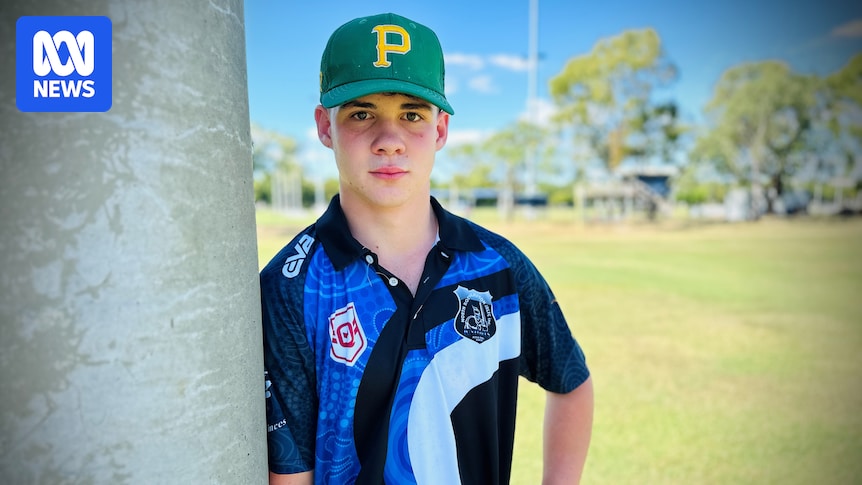
Riley Mansfield, a promising young rugby player from Queensland, has been forced to retire at the age of 15 due to repeated concussions. Despite his dreams of playing for the North Queensland Cowboys like his idol Johnathan Thurston, Riley’s health concerns have taken precedence, leading him to hang up his boots after participating in the elite Dolphins Cup competition.
“I wish I could play every time I watch the footy on TV at home … I’m like, ‘God, I miss it,'” Riley expressed, reflecting on his passion for the sport. His mother, Kristy Mansfield, recounted the severity of his head injuries, which left him suffering from symptoms such as vomiting, light sensitivity, and severe headaches for weeks.
Concussion Concerns and Tackling Age Debate
The Mansfield family’s experience is highlighting a broader conversation about the safety of young athletes in contact sports. Recent research suggests that children should not engage in tackling until they are at least 12 years old, due to the risks posed by their developing brains.
Griffith University lecturer in exercise science and physiology, Dr. Joel Garrett, explained, “One of the big reasons is they have obviously a larger head and weaker neck muscles, which puts them at a little bit more risk of some of those rotational linear forces.” He further noted that the developing brain might be at greater risk of long-term harm.
The Science Behind the Age Recommendation
Dr. Garrett elaborated on why the age of 12 is considered a critical threshold. “Around the ages of eight to 12 is a sweet spot for children’s cognitive and motor development,” he said. By this age, players may develop the necessary skills to execute safe tackles, reducing the risk of injury.
“An eight-year-old, for instance, may struggle with the rapid judgments required to align their shoulder and brace their neck properly when tackling a moving player. By the age of 12, they may have the ability to make those last-second changes if need be and execute a good tackle that’s both safe for them but also the person they’re tackling,” Dr. Garrett explained.
Despite the research, the suggestion to delay full-contact tackling remains controversial. “We don’t want it just to be like, ‘No tackling,'” Dr. Garrett stated. “We firmly believe that we need a progression to that and having a really structured plan.”
Family History and New Beginnings
For the Mansfield family, Riley’s recent concussion was a painful reminder of the past. His father, Andrew, suffered a broken neck on the same field at the age of 15. “That was my last game of footy,” Andrew recalled. “I was the width of a piece of hair to not walking ever again.”
After consulting with neurologists, Riley was advised to avoid contact sports for five years. Kristy Mansfield hopes that all sporting codes will continue to prioritize concussion awareness and player safety. “Riley’s grown up with footy and it’s great to see that the sport is taking it seriously,” she said.
Shifting Focus to New Opportunities
With his rugby dreams on hold, Riley has shifted his focus to softball, where he has already achieved state and national team selection. “He’s got a massive future [in softball] and can whack a golf ball too … but still can’t out drive Dad yet,” Andrew remarked with pride.
As Riley continues to excel in softball, his story brings attention to the ongoing debate about safety in youth sports and the importance of protecting young athletes from the long-term impacts of concussions.







